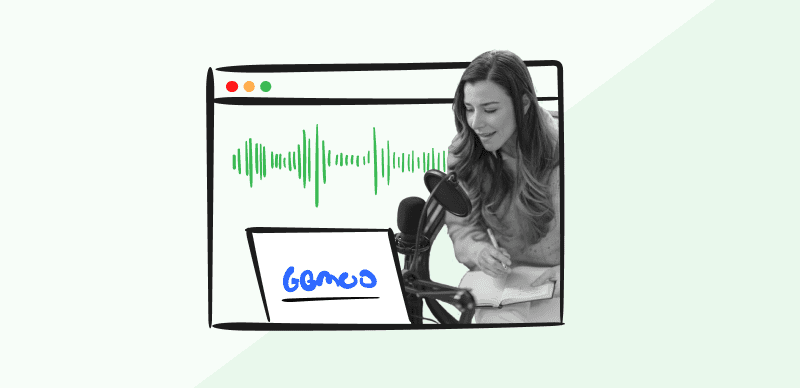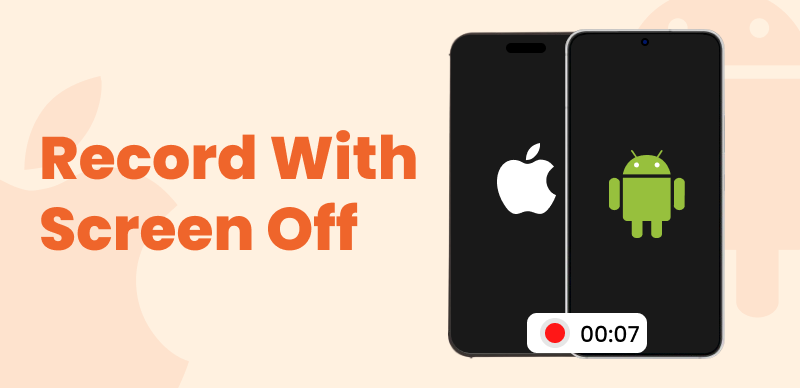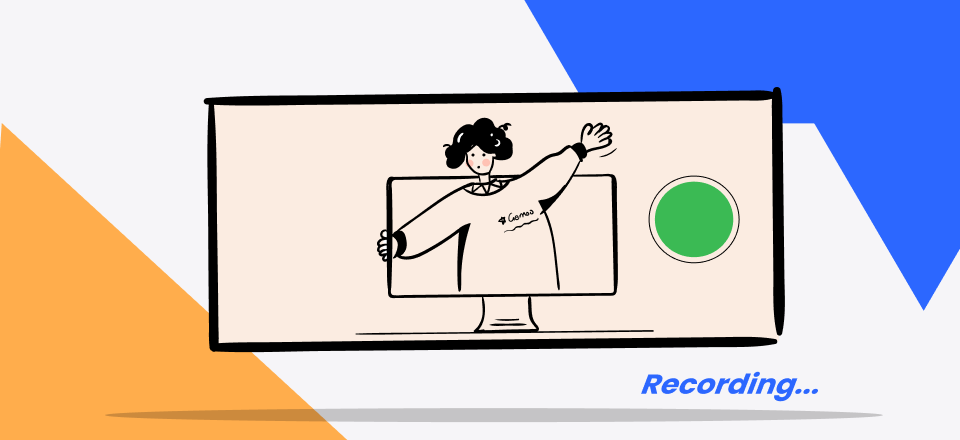Nowadays, the powerful translation services like Google Translate has made it easier than ever to overcome language barriers. However, simply reading the translated text on a screen often fails to capture the nuances and inflections of the original speech.
This is where the ability to record the voice output from Google Translate becomes invaluable. By capturing the synthesized speech, users can preserve the translated audio for varioud purposes, from language learning and education to content creation and professional interpretation. Whether you’re a student, a content creator, or a professional requiring high-quality recordings, knowing how to record Google Translate voice can be a game-changer.
Table of Contents: hide
How Accurate is Google Translate Voice?
How Accurate is Google Translate Voice?
Google Translate’s voice translation feature provides a decent gist of the original audio’s meaning but has clear limitations in accurately conveying the full context, nuances, and correct grammar of the speaker. The voice translation is passable for short phrases and sentences but struggles with more complex speech.

Google Translate Interface
Additionally, Translate has trouble accurately interpreting idioms, slang, proper nouns, and languages with unique grammar structures. While the technology has improved, factors like background noise, speaker accents, and audio quality can further impact the translation accuracy. Overall, Translate voice can be useful for simple phrases or grasping the general idea of an utterance, but falls well short of human-level comprehension and translation abilities for lengthier, more complex speech.
3 Easy Ways to Record Google Translate Voice
In this part, we’ll explore various methods and software solutions available for effectively recording the voice output from Google Translate. From built-in operating system tools to specialized screen recording and audio capture apps, we’ll walk you through the step-by-step process of preserving the translated speech in a high-quality audio format.
Record Google Translate Voice via FocuSee
FocuSee is a versatile option for recording Google Translate voice, particularly for users who require high-quality audio recording and editing capabilities. As a comprehensive screen and audio capture software, FocuSee provides a feature-rich solution for preserving the synthesized voice generated by Google Translate. If you want to read after the Google Translation, your voice will be also captured in the recording. Especially, this will help language learners to identify areas for improvement, practice their speaking skills, and track their progress over time.
Step 1. Free install FocuSee and navigate to Google Translate platform.
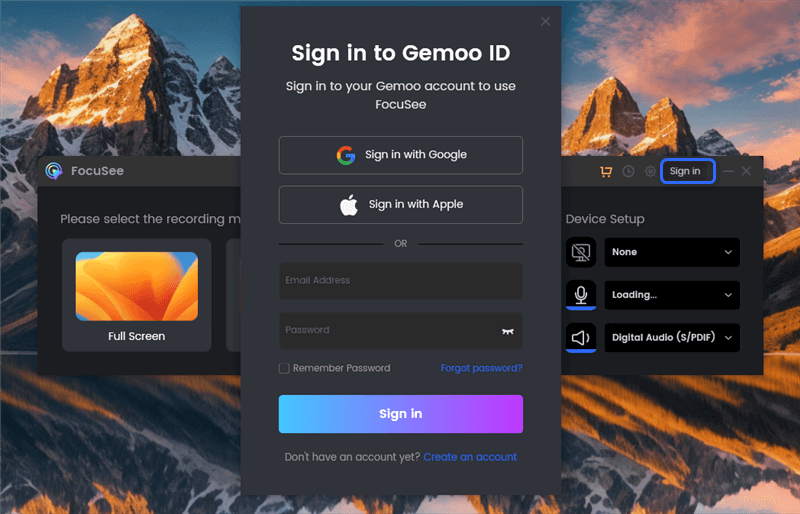
Sign in to FocuSee
Step 2. Choose the Custom recording mode and hit the REC button to start recording.

Three Recording Modes of FocuSee
Step 3. Go to the Google Translate page and play the Google Translation voice. When finish recording, click the red Stop icon and then you’ll see the recording editing window as below.
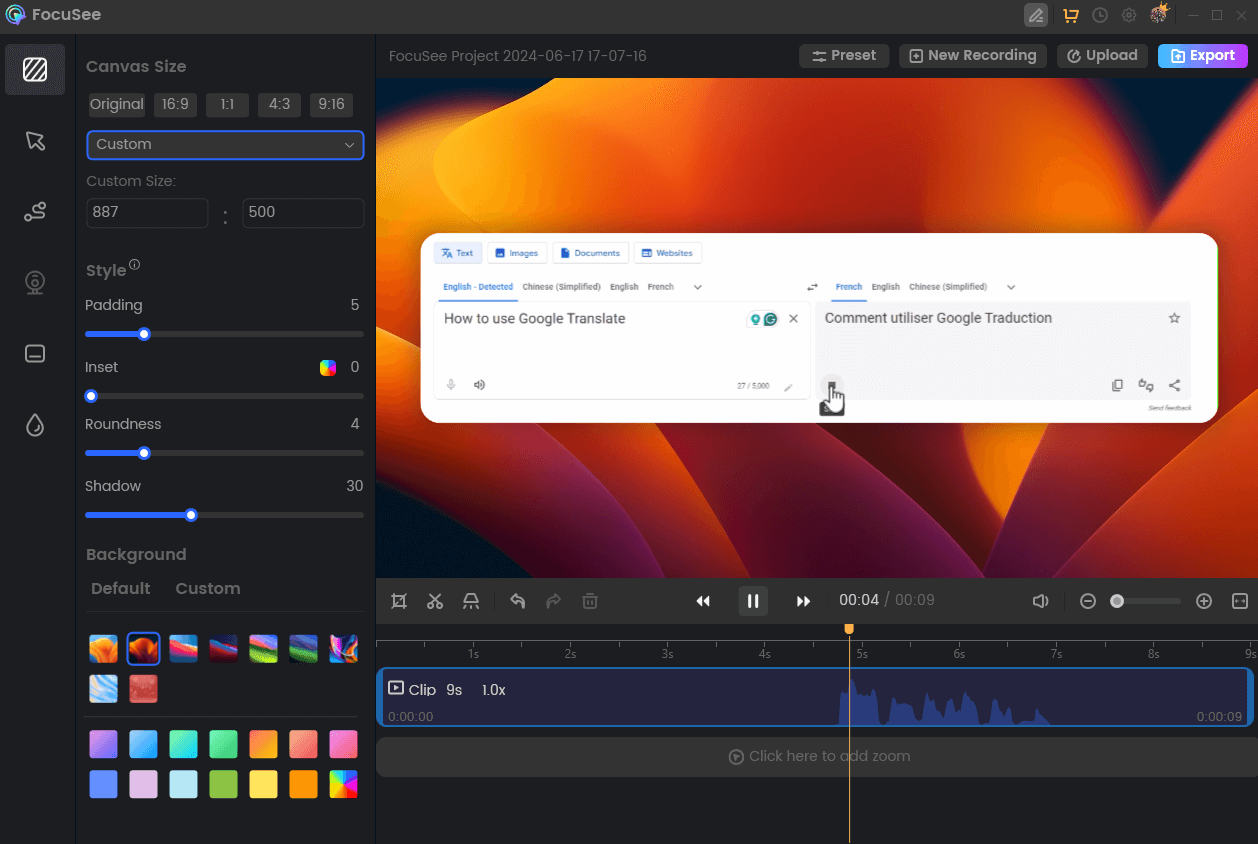
Record Google Translate Voice via FocuSee
Record Google Translate Voice via Xbox Game Bar
The Xbox Game Bar, a built-in feature of Windows 10, offers a versatile solution for recording Google Translate voice on your computer. As a powerful screen recording and audio capture tool, the Xbox Game Bar is an excellent choice for preserving the synthesized voice produced by Google Translate.
To use the Xbox Game Bar for recording Google Translation, take the following steps.

Record Google Translate Voice via Xbox Game Bar
Step 1. Open Google Translate in your web browser, type or paste the text you want to translate.
Step 2. Press the Windows key + G on your keyboard to bring up the Game Bar menu.
Step 3. Click the “Record” button to start capturing both the screen and the audio from the Google Translate voice output.
Record Google Translate Voice via QuickTime Player
For those using a Mac, the QuickTime Player can serve as a reliable and convenient tool for recording Google Translate voice. As a native media player and screen recorder on macOS, QuickTime Player offers a straightforward solution for capturing the synthesized voice generated by Google Translate.
To use QuickTime Player for recording Google Translate voice:

Record Google Translate Voice via QuickTime Player
Step 1. Open QuickTime Player and select the “New Screen Recording” option from the File menu.
Step 2. Navigate to Google Translate in your web browser, type or paste the text you want to translate, and click the speaker icon to play the translated voice.
Step 3. QuickTime Player will capture both the screen and the audio, preserving the Google Translate voice in a high-quality video file. Once the recording is complete, you can review, edit, and export the file as needed.
FAQs About Google Translate
By the end of the post, we’ve answered several questions about Google Translate.
How does Google Translate audio work?
Google Translate’s audio translation feature uses automatic speech recognition (ASR) and natural language processing (NLP) to analyze spoken words and phrases in one language and translate them into text and speech in another language. When a user inputs speech into Translate, the ASR technology transcribes the audio into text by matching the spoken sounds against a large database of linguistic data. It breaks the speech into smaller parts, analyzes the components like phonemes and syllables, and connects them to corresponding words and phrases. The NLP models then examine the context and grammar to determine the most likely phrase translation. The translated text is fed into a text-to-speech system to generate audio output in the target language. While Google Translate audio has improved greatly thanks to advancements in AI and neural networks, it still struggles with accuracy due to challenges like varying accents, background noise, and the complexity involved in translating between very different languages.
Does Google Translate record data?
Google Translate does not record or store any user data from voice translations. The voice inputs are immediately processed locally on the user’s device to translate speech and provide audio output. According to Google’s help pages, the audio data is not persisted or associated with any user accounts. Any temporary audio processing occurs entirely on the device without being sent to Google servers. Google does mention that Translate collects aggregate usage data to improve the product experience but states this analytics information is anonymous and not tied to an individual user. Overall, while Google may track some analytics for product improvement, Translate makes a point to not keep any personal user data or recordings when processing voice inputs locally on a user’s device for translation.
Final Thought
Throughout this guide, we’ve explored the various methods and tools available for effectively recording the voice output from Google Translate. From built-in operating system features to dedicated screen recording and audio capture applications, we’ve covered a range of solutions to suit different needs and workflows.
Regardless of the specific approach you choose, the ability to record Google Translate voice can be a powerful asset in various contexts. Whether you’re a language learner seeking to improve your pronunciation and comprehension, a content creator enhancing your multilingual projects, or a professional requiring high-quality translation recordings, having the ability to capture and preserve the synthesized speech can be truly transformative.

